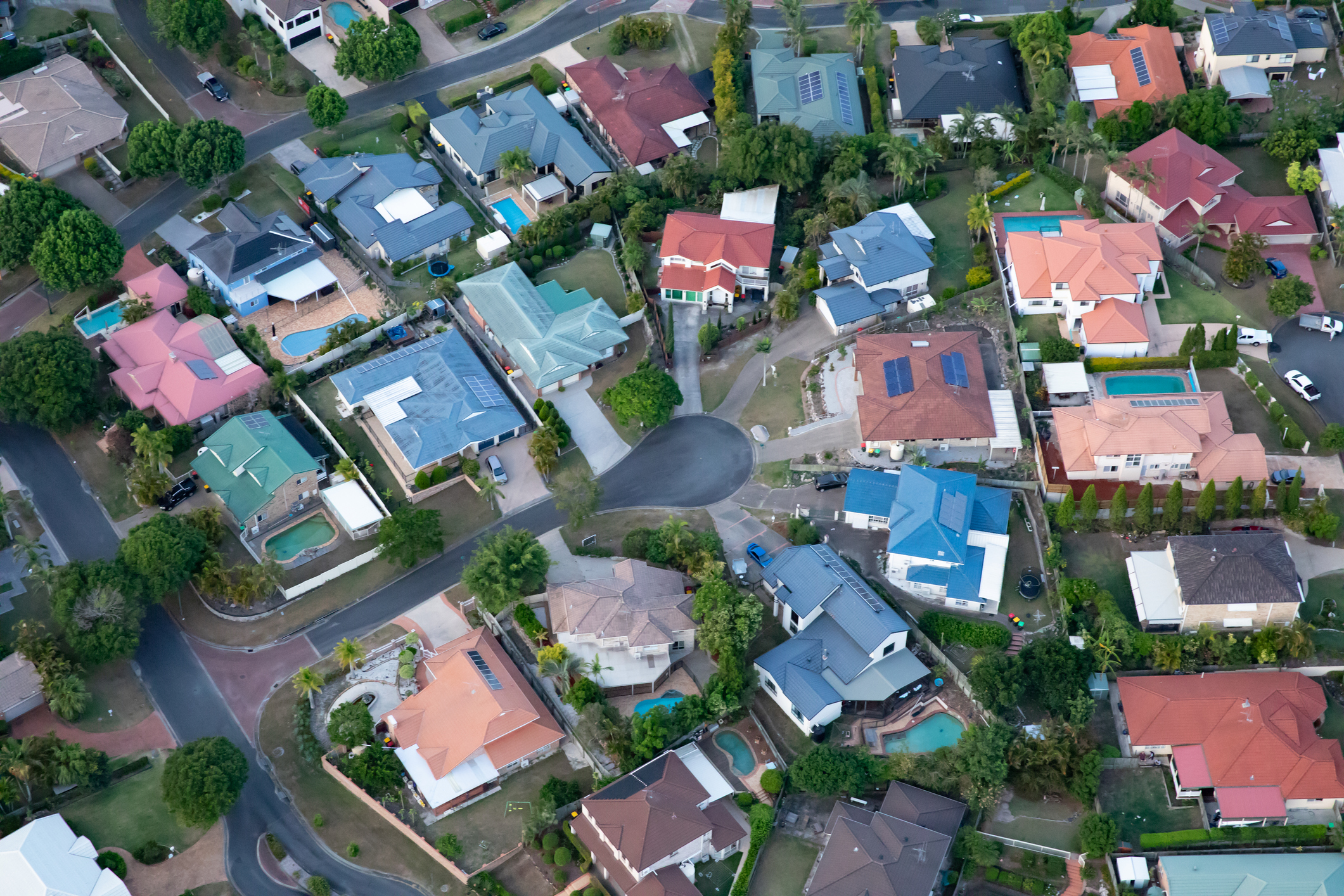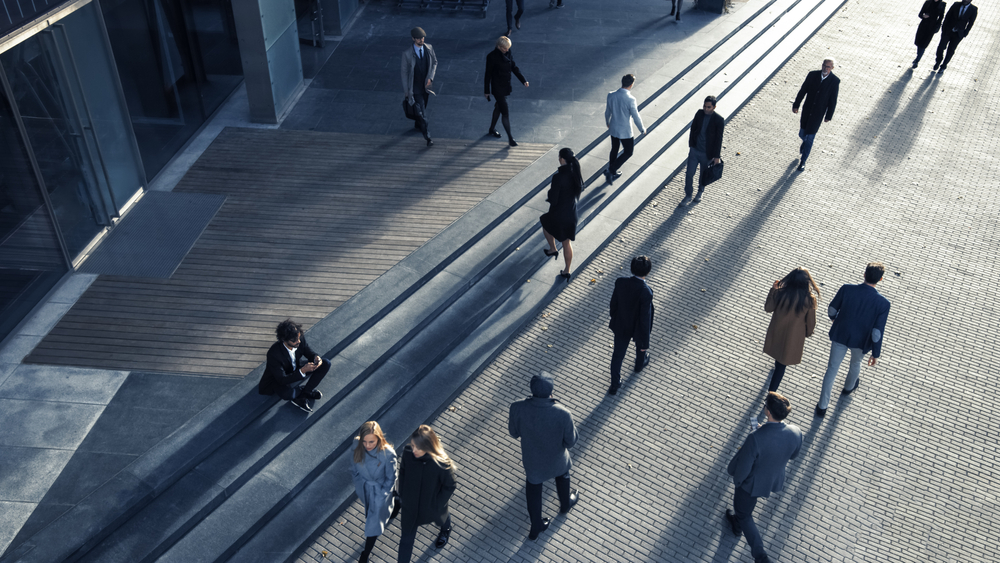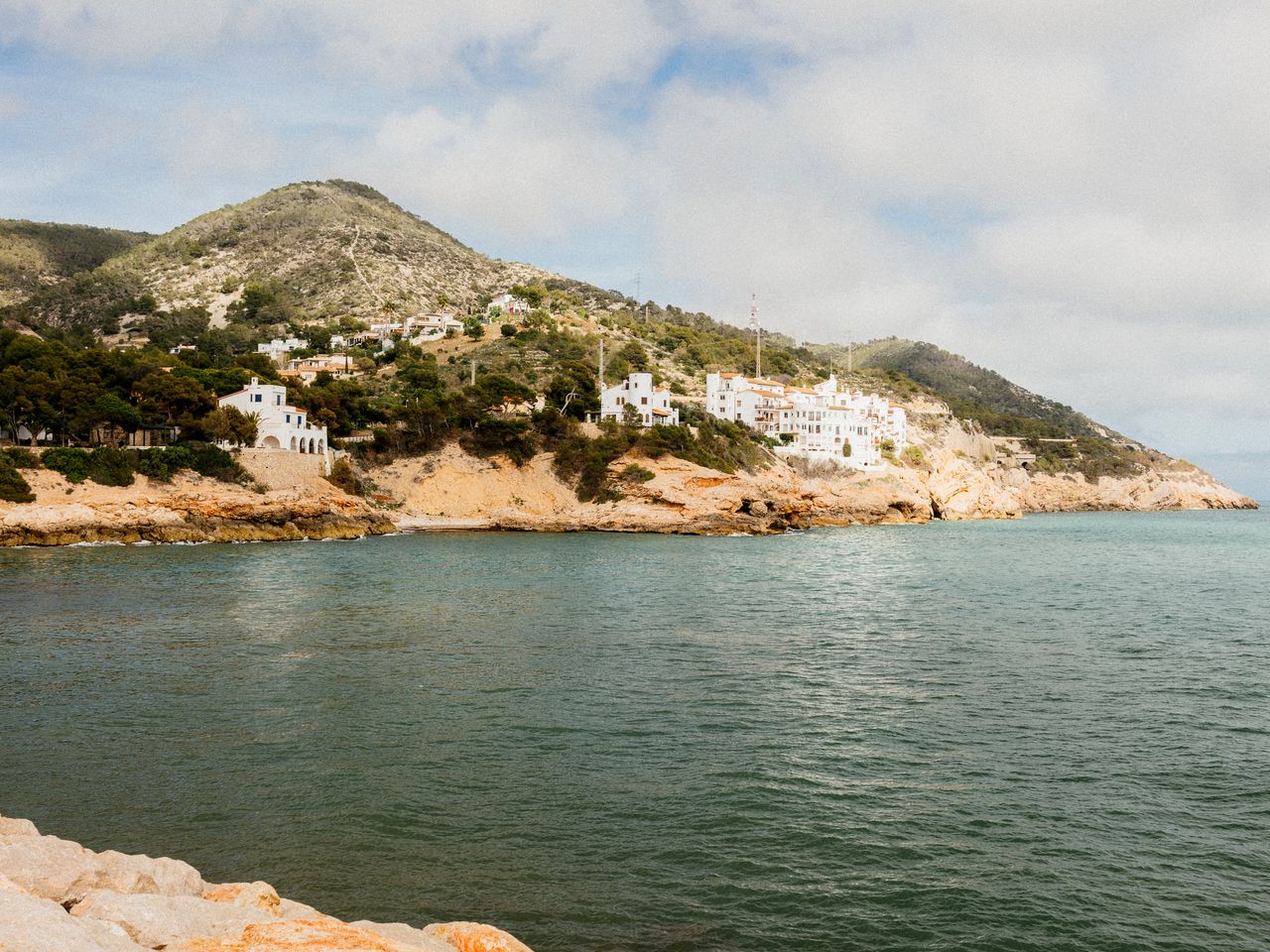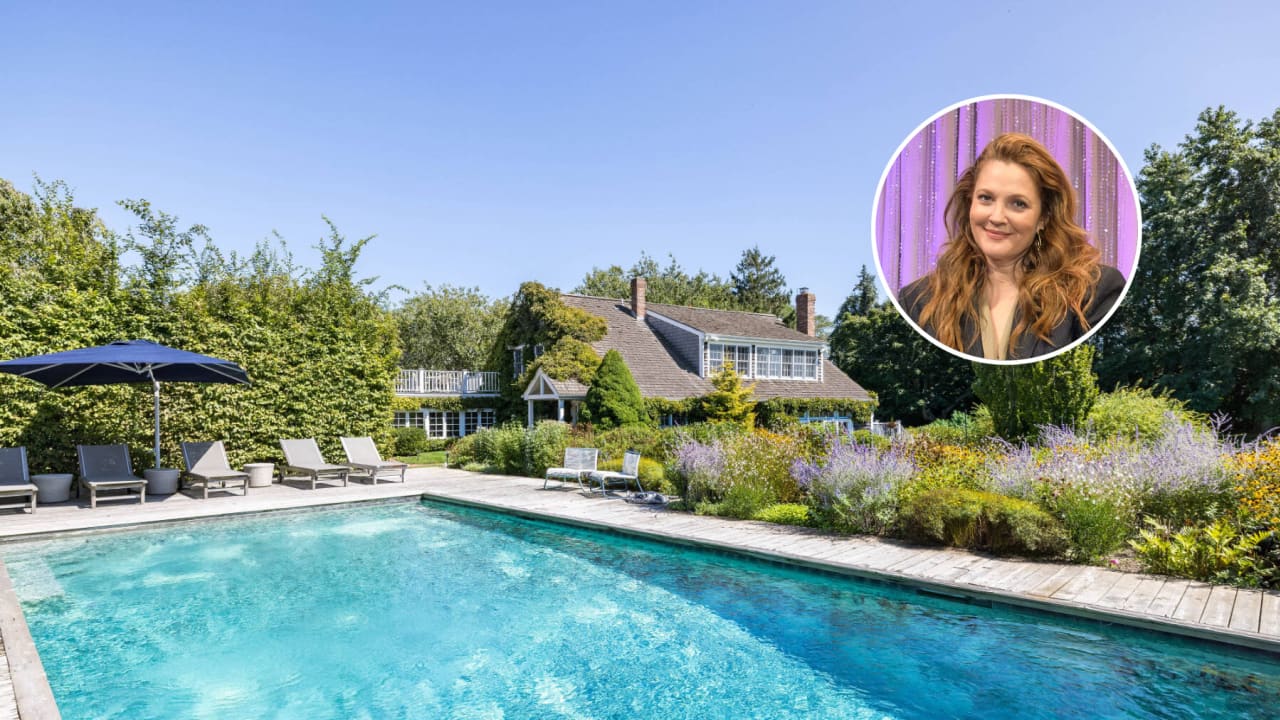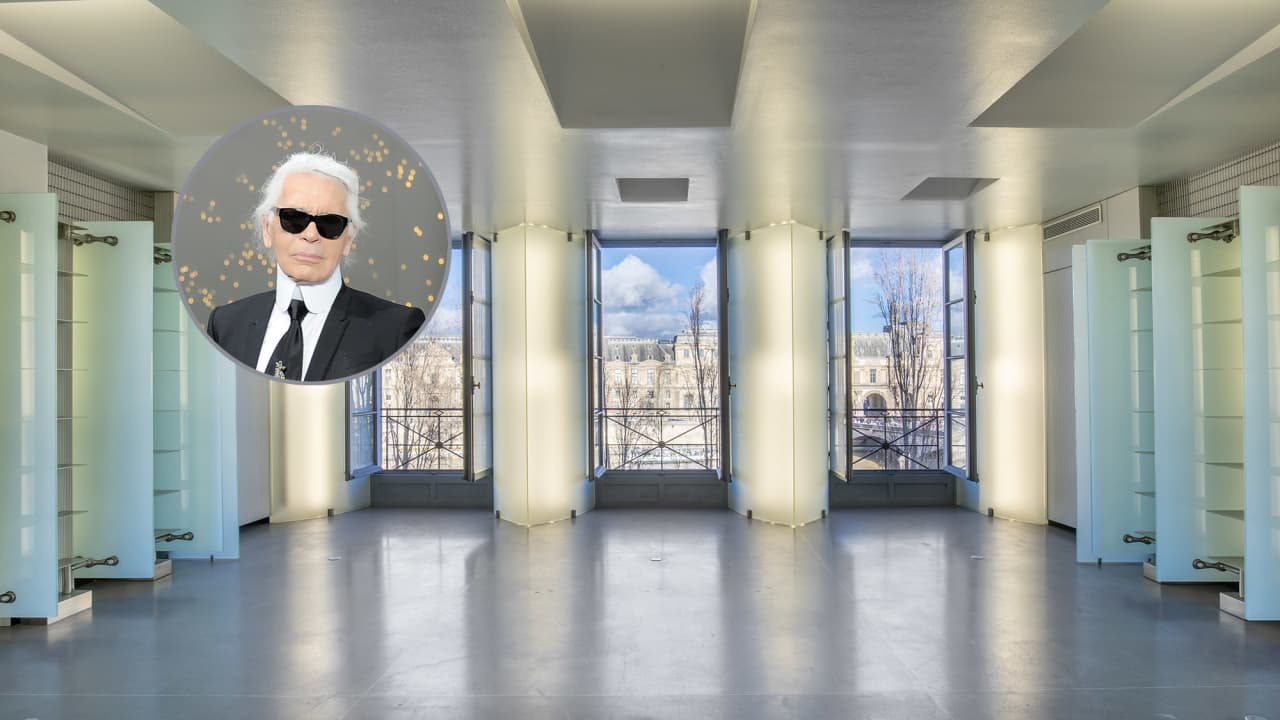The new east coast capital outranking Melbourne for property values
The ability to work from home prompted many Australians to relocate to this city for lifestyle and affordability during the pandemic
The median home value in Brisbane has surpassed Melbourne for the first time in 15 years following a staggering 50 percent increase in home prices since the onset of the pandemic in March 2020. CoreLogic Head of Research, Eliza Owen said the price data reflects “the substantial impact that the pandemic has had on housing preferences” in Australia. Before the pandemic, Brisbane’s median dwelling value was $187,000 lower than Melbourne’s and today it is $7,000 higher at $787,000.
Brisbane now has the third-highest median dwelling value among the capital cities, behind Sydney and Canberra. Home values in the nation’s capital overtook Melbourne in 2021, with Canberra’s median dwelling value rising 31 percent between March 2020 and today. Over the same time frame, Melbourne values rose by just 11 percent, which was the weakest growth among the capital cities. Melbourne was last year rated the third most liveable city in the world on the Global Liveability Index by the Economic Intelligence Unit, the highest ranking for any Australian city.
“[Brisbane’s] appeal amid an increase in remote work helped fuel strong population growth, increasing housing demand, driving down supply and making it a seller’s market,” Ms Owen said. “The reason for such varied capital growth outcomes may be partly due to lifestyle factors, where the appeal of South East Queensland rose through the pandemic. The normalisation of remote work for many professionals made interstate migration to Queensland more feasible, while Melbourne’s extended lockdowns from March 2020 through to October 2021 may have prompted people to leave the city.”
Net interstate migration to Queensland reached a record high of 51,500 in the year to March 2022, according to the Australian Bureau of Statistics. Over the same period, net interstate migration to Victoria was -20,000. “Net internal migration to Victoria bottomed out at a loss of -35,600 people in the year to June 2021, and was still negative as of June last year,” Ms Owen said. “Value falls across Melbourne were also exacerbated by the loss of overseas migration through COVID.”
Over the 12 months to June 2022, Brisbane’s population grew by 2.3 percent compared to Melbourne’s 1.1 percent. However, Melbourne’s residential population is almost double the size of Brisbane at an estimated 5,031,000 people compared to 2,628,000 in Brisbane.
Ms Owen also explained a technical reason why Brisbane’s median dwelling value has surpassed that of Melbourne. Dwelling median values combine all types of properties. If the data is separated into houses and apartments, Melbourne remains more expensive than Brisbane – but only just. Melbourne’s median house price is $72,000 higher than Brisbane and the median apartment price is $49,000 higher. “The reason for this is that Melbourne has a higher share of units as a portion of the dwelling market. Because units are generally lower value than detached houses, a higher portion of units brings down the median dwelling [value] across all houses and units.”
Ms Owen said Brisbane remains a seller’s market, although the pace of growth in home values is now easing.
“As home values in the city continue to rise, there is less claim to Brisbane being relatively affordable, and some prospective interstate movers may decide to remain in their city,” she said. “Recent weeks have also demonstrated there is some added risk to pockets of the Brisbane property market from extreme weather and flooding, which could impact demand in the near term.”
This stylish family home combines a classic palette and finishes with a flexible floorplan
Just 55 minutes from Sydney, make this your creative getaway located in the majestic Hawkesbury region.
Companies are leasing premium office space to entice workers back, but employees in one major capital are holding out
The post-COVID return to CBD offices continues across Australia, with the average office occupancy rate climbing to 76 percent of pre-pandemic levels in the first quarter of 2024, according to new CBRE figures. Workers are gradually responding to their employers’ requests to attend their offices more regularly to enable greater collaboration with workmates. The occupancy rate has risen from 70 percent in the December quarter and 67 percent 12 months ago.
Occupancy rates improved across all capital cities during the March quarter, with Perth and Adelaide maintaining the strongest rates of 93 percent and 88 percent respectively. CBRE analysis suggests shorter commuting times and less structured working-from-home arrangements in these cities have contributed to higher rates of return. Brisbane’s occupancy rate is 86 percent of pre-COVID levels, weighed down by a slower return within the public sector, which represents 35 percent of the city’s office space. This same trend is being seen in Canberra, where the occupancy rate is just 66 percent.
In Sydney, the occupancy rate has risen to 77 percent, largely due to major banks and professional services firms pushing for more staff to return to the office this year. There has been a significant increase in workers returning to offices in Melbourne, with the occupancy rate up from 57 percent last quarter to 62 percent now. However, this is still the lowest attendance rate in the capital cities.
Businesses are increasingly pushing workers to return to the office because they are concerned working from home over multiple years will have a negative long-term impact on company-wide productivity. Part of the problem is new employees not having regular access to senior staff so they can learn and work more effectively and productively. CBRE says lower levels of collaboration and interaction reduce innovation, which is a particular concern for technology firms. They were quick to embrace remote working during COVID, but are now seeing dampened creativity among staff.
Tuesday is the peak day for attendance at CBD offices and Friday is the lowest day. Two-thirds of organisations that have moved their corporate headquarters since COVID have chosen to upgrade to premium office buildings, according to CBRE’s research. Premium blocks typically feature retail, restaurants, and recreational amenities on the ground floor, and command a higher rent. Companies are deciding it’s worth the cost to entice workers backand keep them feeling happy and engaged.
Jenny Liu, Director of Workplace Consulting at CBRE, said a vibrant workplace experience is essential.
“A workplace experience isn’t just environment, cool furniture and tech anymore,” she said. “It’s the culture, ways of working, leadership, and how vibrancy is created.”
Some companies are using apps that inform staff who will be in the office tomorrow. CBRE Research Manager Thomas Biglands said:
“It’s important that you achieve a critical mass of visitation so that employees come in and feel as though the office is vibrant and full,” he said.
Some firms are linking salary and promotions to office attendance to reward those workers providing higher contributions to corporate culture and mentoring younger staff.
The rate of return to offices in Australia is much higher than in the United States, where occupancy rates have remained at about 50 percent over the past year. CBRE analysis suggests this may be due to better public transport, shorter commutes and lower inner-city crime rates in Australia.
This stylish family home combines a classic palette and finishes with a flexible floorplan
Consumers are going to gravitate toward applications powered by the buzzy new technology, analyst Michael Wolf predicts









